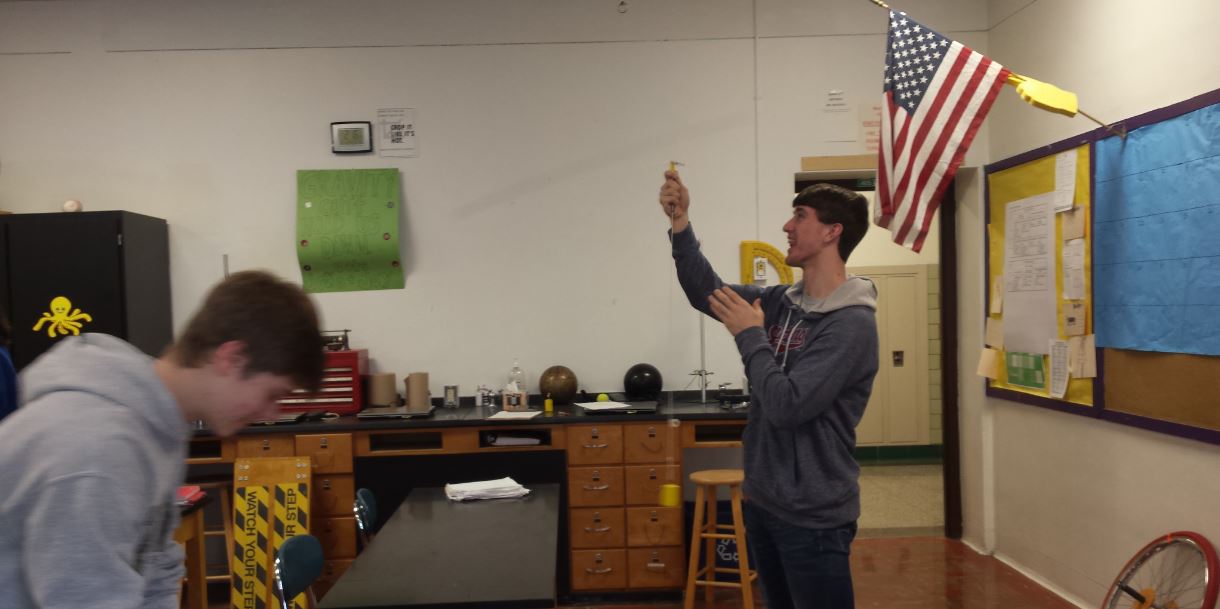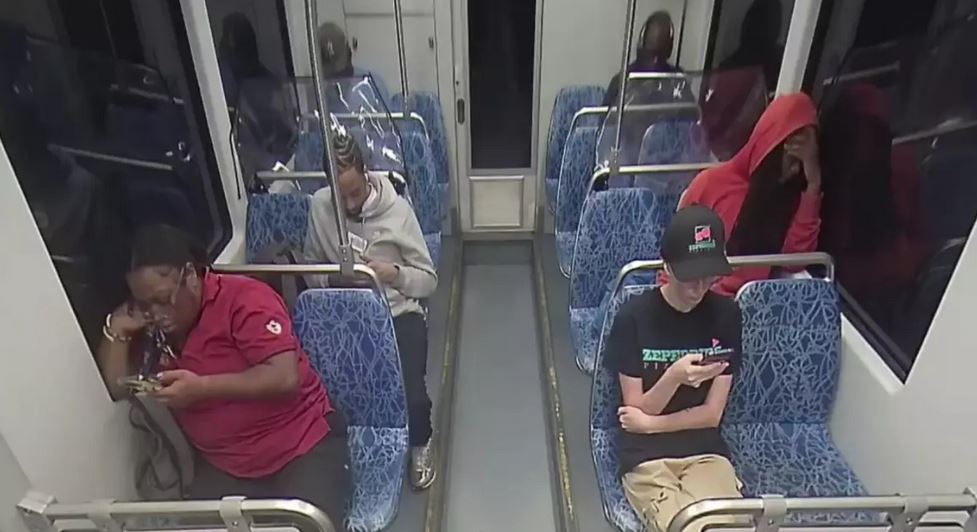
Whatever can happen, will happen, if you wait long enough.
That is an operating principle in modern physics. There is a 1 in 6000 chance that a nickel dropped on to a table top, will rest on the edge of the coin. If you dropped a nickel every 10 seconds, within 17 hours, you’d expect a nickel to land on the edge. It’s a very unlikely event, but it will happen.
The year after the September 11th attack in 2001, there was an effort by Progressives to rebrand the date as a “National Day of Service”. Leftists on staff supported the concept of honoring the fallen by doing some act of community service or charity.
I found this to be deeply offensive. Muslim terrorists did not succeed in destroying the World Trade Center buildings because we were insufficiently charitable. They succeeded because US intelligence agencies thought a major attack was so unlikely, that they didn’t need to get serious. It wasn’t that unlikely. Recall that 8 years earlier, middle eastern terrorists had exploded a 1200 lb bomb in the WTC parking garage.
They also succeeded because Americans on board the planes, were not prepared to fight back. Passengers on Flight 93 realized what was happening, and attacked the terrorists. They died to avert an even larger catastrophe.
In response to the “National Day of Service”, I implemented a “National Day of ‘What would you do?'” in my classroom. Each year, on September 11th we would remember how a few guys, armed only with utility knives, could hijack an airplane. It was early in the school year, so I’d also cover our response to the various, routine school drills.
My message was that each of my students is a free citizen with agency, so responsible for their own safety and survival. What a person does, matters. A person is more likely to do the right thing if they have considered the potential dangers, and prepared.
If a disaster can happen, it will happen, if you wait long enough. It may be a small-scale, random, personal disaster, but it can happen to you. If you don’t think for yourself and consider the dangers, it’s more likely.
This stabbing on a Charlotte, North Carolina light rail, is an example that comes to mind. Could the victim have anticipated the attack? No, but something, sometime, was going to happen.

I won’t watch the entire video, so only reference this photo.
The victim dressed in a manner to not attract attention. That’s good, but not nearly enough for a moderate risk environment. Public transport in an urban area is a moderate risk environment.
Situational awareness is critical. She should not be on her phone.
Avoid sitting with someone behind you. Lean against the wall, and face the aisle. Stand up, holding a pole. Sit in an aisle facing seat.
Stay away from dangerous looking people. The killer looks distressed. Don’t choose that seat, and if he came later, then move. Be inconspicuous if you want, by standing to read the route map.
Anyone frequently traveling in an urban area should have pepper spray. Have it in your hand. Know how to use it. Don’t be afraid to use it.
Most people in urban areas aren’t going to get stabbed to death, but something is going to happen. Insane people are free to walk the streets and liberal judges are fond of releasing dangerous criminals.
People tend to default to passive mode in a dangerous situation and acclimate to routine risks. I wanted my students to consider actual risks, make reasonable preparations, and be ready to take decisive action.
Based on the enthusiastic response from students and parents, I’d bet that most of my students remember our “National Day of ‘What would you do?'”.
Leave a Reply